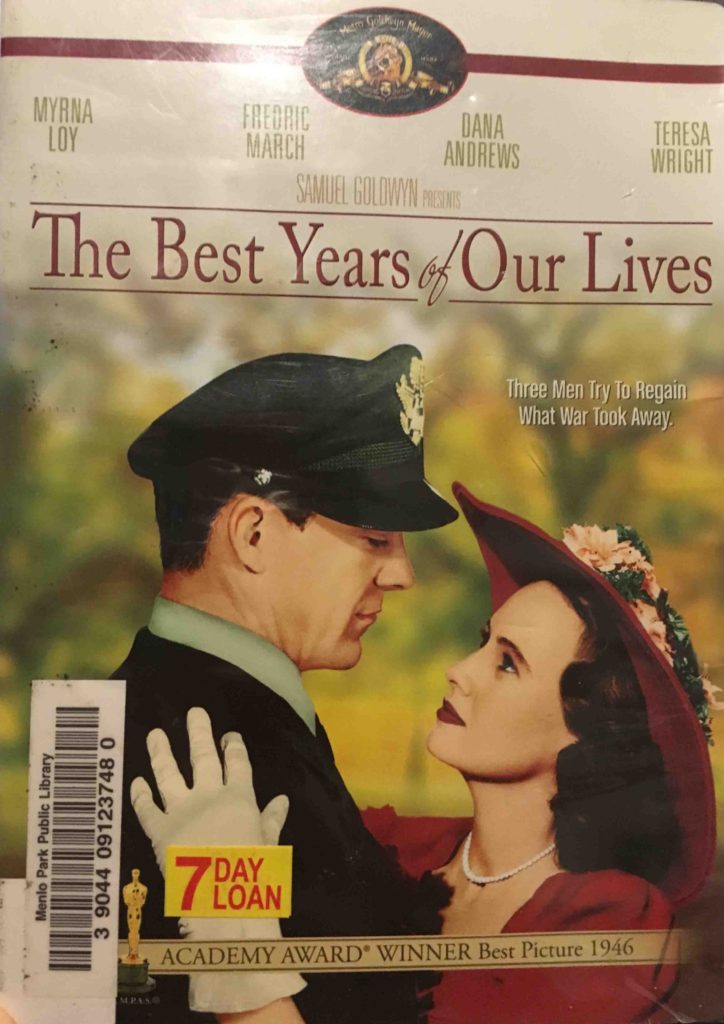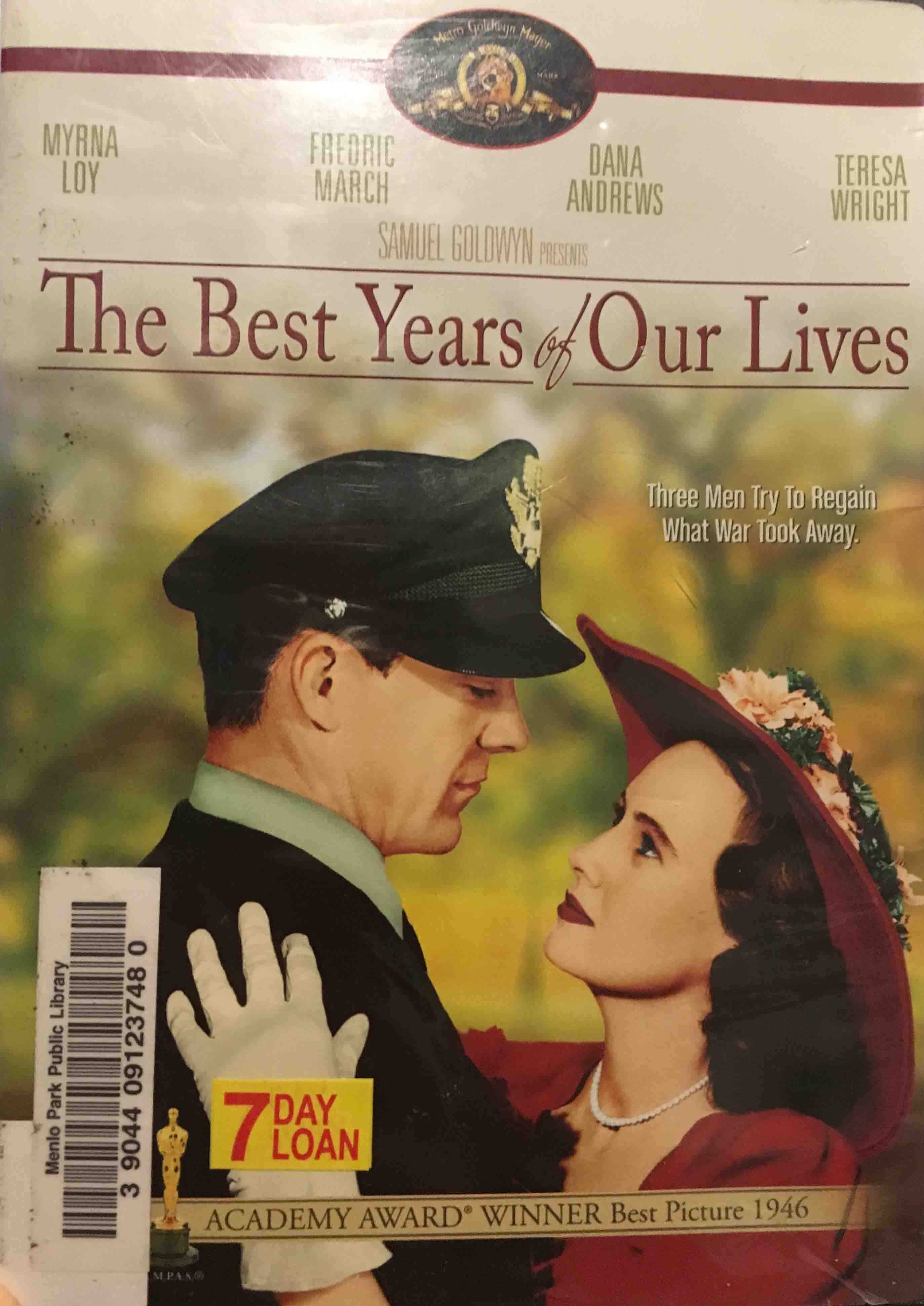I’ve had the pleasure and privilege to be a couch potato for a few nights to see a few selected movies that were excellent (12 Strong, Hugo) from the local library and I had the good fortune to dig down deeper into a movie that is beyond the recent releases to one that, heaven forbid, be lost simply due to the perception it is unrelevant ancient history.

“The Best Years of Our Lives” (MGM, 1946, B/W) was one of those movies that as a child who grew up in a generation of rerun World War II movies, I thought was noteworthy for just a few traumatic scenes because it wasn’t the quintessential remake of a famous battle. The general intensity of the drama was quite lost on my youngster-movie-watching mind in the 1960’s.
As the years passed, the title stuck in my head as one of the great Hollywood productions, but not until recently did I invest the hours to watch it again to find out what the hoopla was all about, to see it again as an adult and as a veteran.
I was captivated by this movie from beginning to end. It’s easy to see why this movie that was produced right after the War was so poignant, relevant, and powerful. The black and white film makes it even more impactful to bring back memories and associations to public and family history.
There’s magic in the movie probably in more ways now because of the passage of time, from the “home” scenes that have changed of “everyday” America, to the graveyard of thousands of war planes. The transition during a routine B-17 flight taking our 3 main characters (Captain Fred, Sergeant Al, and Petty Officer Homer) back home across the country serves as a chapter of their military service experience coming to a final close.
The interaction of the characters is tense, from the rip-roarous need for a drunken night on the town, to the painful revelation of insecurity a combat veteran needs to face when trying to realign himself to normal life and to some degree the political diversity found even at the end of the Great War.
The interactions between the movie’s love interests are no less emotionally charged an each character has his or her own power. Perhaps oddly enough, I am not cynical about the sincerity of love (or hate or cynicism) portrayed in the movie despite the romanticism, and although it still needs to resolve within the span of 168 minutes, I know that real love exists and the sacrifices humans can make to make it or break it in life are part of the real spectrum.
For the sake of just a brief highlight, I just wanted to bring attention to Mryna Loy and Fredric March – their acting is absolutely supurb. There’s one scene in the movie where March, a prodigious drinker in his character as a bank executive, needs to give a speech at a company party, while Loy, his gracious and refined wife, is nervously keeping tally of how many cocktails her husband has had before he gives his keynote speech. The whole scene from beginning to end, March standing in the foreground with Loy seated in the background, with her expression hanging on his every volatile syllable, is mind capturing riveting and a hip-hip-hooray for Hollwood in a golden era in honor of our veterans and those who support them.
CKY
All photos included in this article may be subject to copyright
Copyright © 2019 ChallenYee.com. TheDodgeKid.com BestBuckBuck.com All Rights Reserved.
